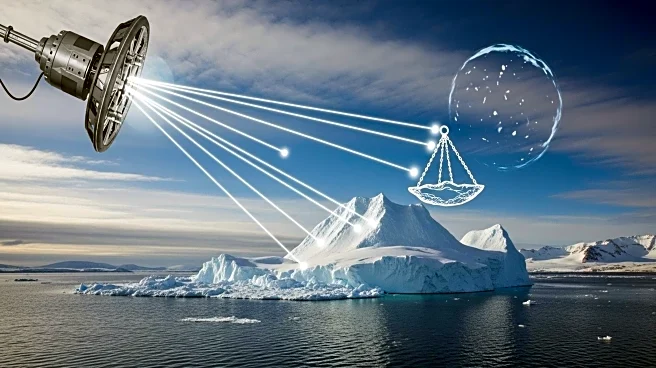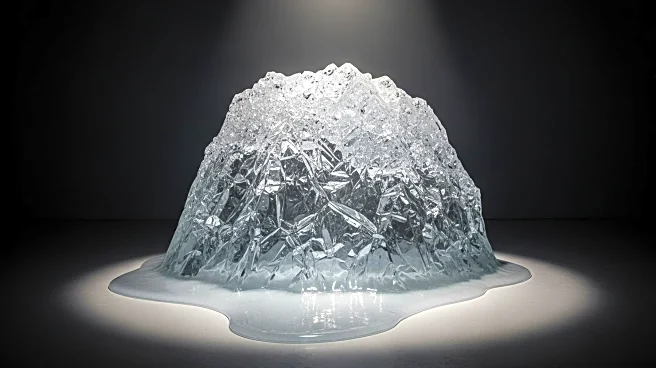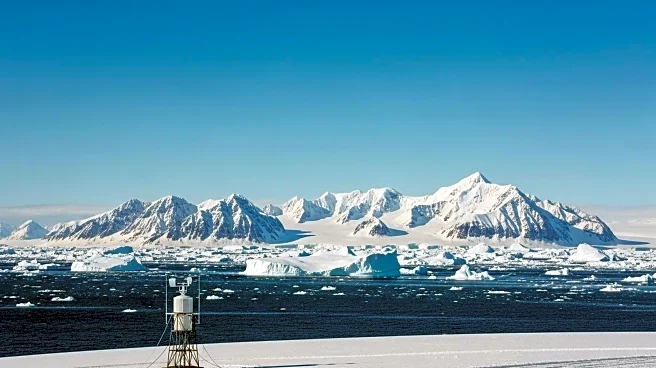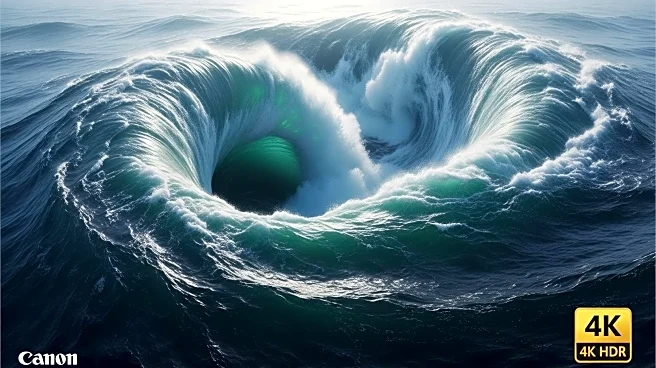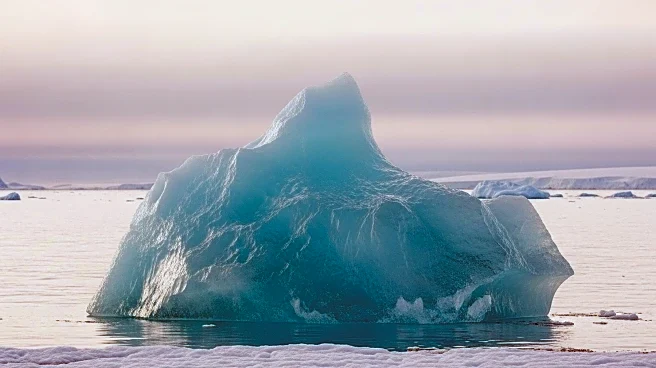What is the story about?
What's Happening?
A review of geoengineering proposals aimed at preserving polar ice caps has concluded that these methods are impractical and unlikely to succeed. The study assessed five main ideas, including building sea curtains, drilling to remove subglacial water, and deploying glass beads to reflect sunlight. Researchers found these approaches technologically and financially unrealistic, with potential environmental risks. The review emphasizes the need to focus on decarbonization rather than relying on geoengineering solutions. Critics argue that promoting unfeasible geoengineering distracts from essential climate action.
Why It's Important?
The findings highlight the limitations of geoengineering as a solution to climate change, particularly in polar regions. The study underscores the urgency of reducing carbon emissions to prevent catastrophic sea level rise. It challenges the notion that technological fixes can replace comprehensive climate policies and mitigation efforts. The review may influence future research priorities and funding decisions, steering focus towards sustainable and scalable climate solutions. The conclusions could impact international climate negotiations and policy frameworks, emphasizing the need for coordinated global action.
Beyond the Headlines
The ethical implications of geoengineering, such as potential environmental harm and geopolitical tensions, are significant. The study raises questions about the responsibility and governance of deploying large-scale interventions in fragile ecosystems. It highlights the importance of transparent and inclusive decision-making processes in climate policy. The review may prompt discussions on the role of scientific research in shaping public understanding and policy responses to climate challenges.
AI Generated Content
Do you find this article useful?
